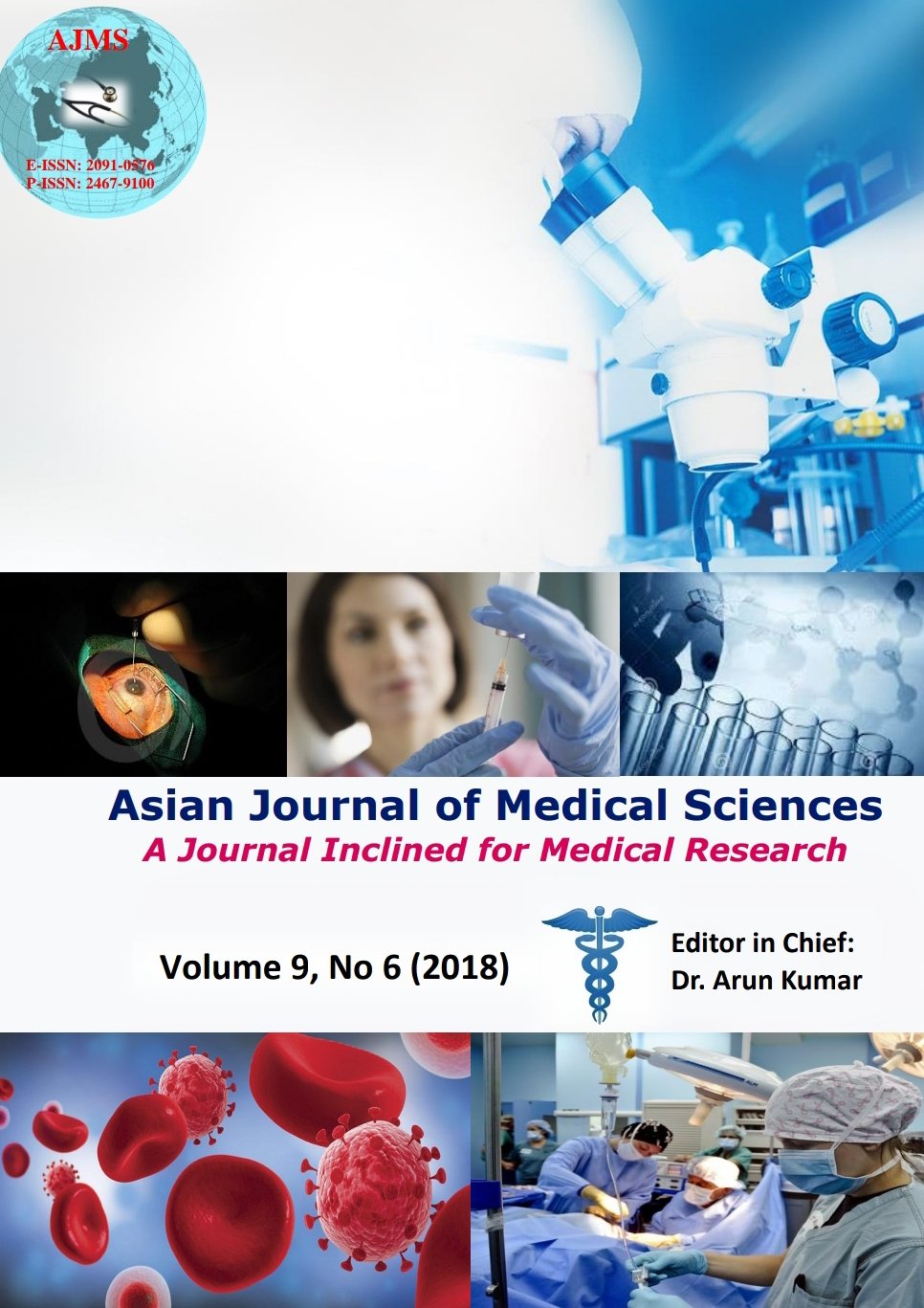The digital epidemiology of phenylketonuria, aka folling’s disease: retrospective analysis and geographic mapping via google trends
Keywords:
Genetic diseases, Autosomal recessive, Inborn errors of metabolism, Phenylketonuria, Folling’s disease, Phenylalanine hydroxylase, PAH deficiency, PAH gene, Phenylalanine, Tetrahydrobiopterin, Chromosome 12 (human), Google trends, Digital epidemiology, ReAbstract
Background: Phenylketonuria, commonly known as PKU, is an inherited disorder in which there is an abnormally elevated blood level of the amino acid phenylalanine leading to several pathologies affecting multiple organs including the central nervous system and resulting in debilitating intellectual disability and other neuropsychiatric disorders. Phenylalanine is a building block of several critical proteins within the biological systems.
Aims and Objective: To assess the digital epidemiology and geographic mapping of Phenylketonuria.
Materials and Methods: This study is a retrospective analytic (2013‑2017) of a very large database existing on the surface web known as Google Trends. it aims to extrapolate a statistical inference concerning the digital epidemiology and the geographic mapping of phenylketonuria. The trends database will be explored via thematic keywords specific to the condition of phenylketonuria including “Phenylketonuria [PKU]”, “Phenylalanine”, “Inborn errors of metabolism”, “Tetrahydrobiopterin”, and “Chromosome 12 (human)”.
Results: The digital epidemiology is densely clustered in countries from the developed world, eastern Europe, and Latin America. Surface web users from China appears to possess the highest interest in phenylketonuria. The contribution of the Middle Eastern and Arabic countries to the geographic mapping did not exceed 10.51% at its best. Significant changes existed for year-to-year variations of trends. Statistical outliers were also found, the strongest of which was observed during April 2016 for which there’s no plausible explanation.
Conclusion: Trends databases operating on the surface web represent potent tools of big data that can be exploited to assess the digital epidemiology and geographic mapping of countless phenomenon including rare genetic diseases and inborn errors of metabolism. There are also enormous potentials for real-time and predictive analytics of these databases when investing the application of automation in data collection and principles of machine learning.
Asian Journal of Medical Sciences Vol.9(6) 2018 93-99
Downloads
Downloads
Additional Files
Published
How to Cite
Issue
Section
License
Authors who publish with this journal agree to the following terms:
- The journal holds copyright and publishes the work under a Creative Commons CC-BY-NC license that permits use, distribution and reprduction in any medium, provided the original work is properly cited and is not used for commercial purposes. The journal should be recognised as the original publisher of this work.
- Authors are able to enter into separate, additional contractual arrangements for the non-exclusive distribution of the journal's published version of the work (e.g., post it to an institutional repository or publish it in a book), with an acknowledgement of its initial publication in this journal.
- Authors are permitted and encouraged to post their work online (e.g., in institutional repositories or on their website) prior to and during the submission process, as it can lead to productive exchanges, as well as earlier and greater citation of published work (See The Effect of Open Access).




